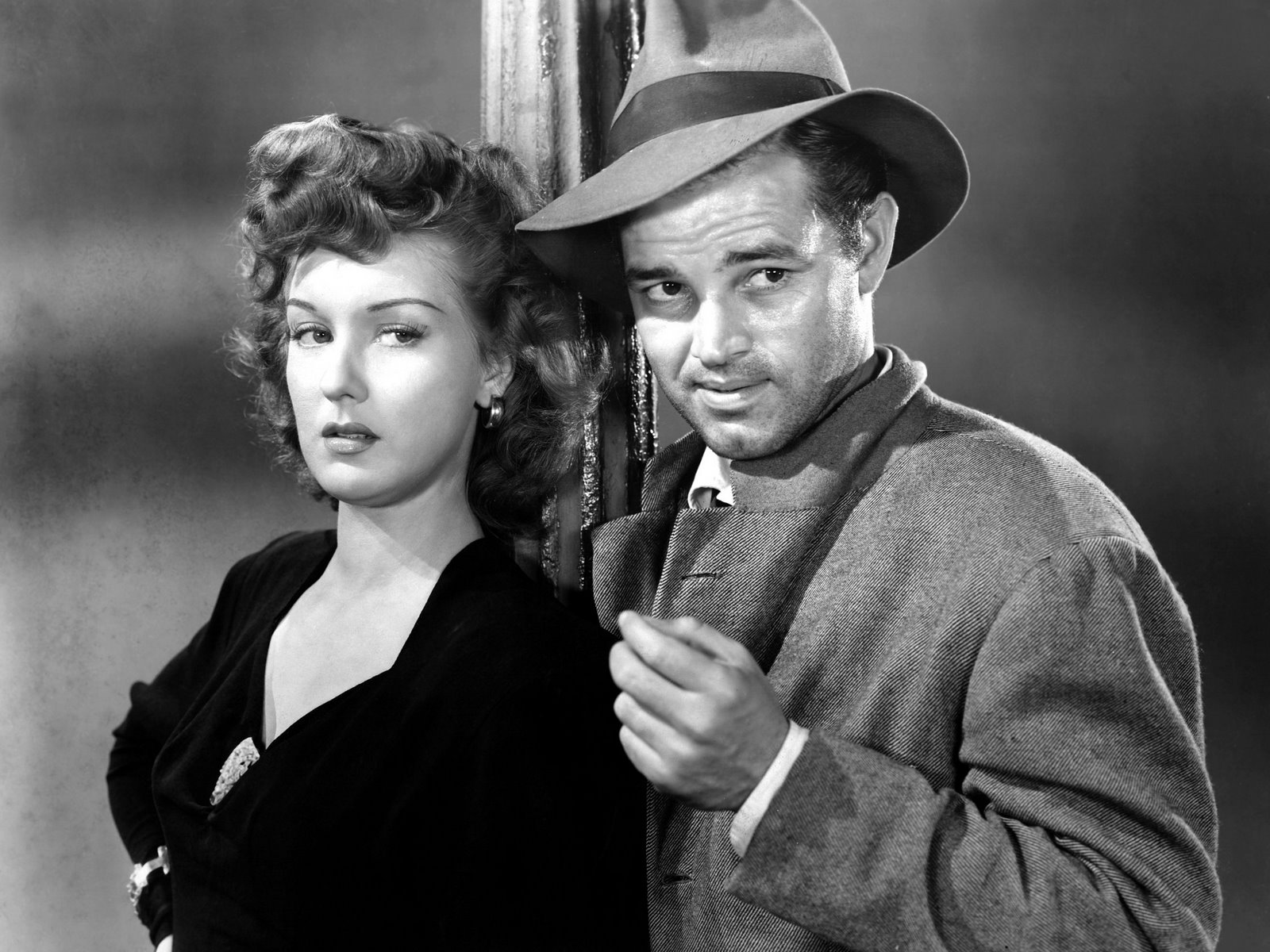When you sit down with Professor of Physics Paul Saulnier to talk about the world of Film Noir, he’ll probably begin his explanation by giving you his favorite quote from the documentary Bringing Darkness Into Light.
“Film Noir is a film movement in the American cinema between the ‘40s and ‘50s that poses one central theme: You’re f***ed.”
The quote makes the audience laugh, but the more you dig into the world of Film Noir, you realize just how true that statement is. At every turn, the protagonists of Film Noir find themselves almost completely screwed.
Whether you lose your fortune, lose your love or just simply lose it in general, “no matter what you do, you end up in trouble,” Saulnier said.
However, it is this characteristic of Film Noir that often draws people to it, which is the case for Saulnier, who said he is fascinated at “how a little turn of fate or a character flaw can unravel a basically good person’s existence.”
Before you delve deeper into the world of Film Noir, it is helpful to take a look at the historical lens through which it was created.
The Film Noir period is generally thought to have begun in 1941 with the production of John Hulston’s The Maltese Falcon and ending in 1958 with Orson Welles’s Touch of Evil. According to Professor of English Sean Cobb, the movement was largely catalyzed by German expressionists who fled the Nazi occupied region during WWII. Film directors and cinematographers like Fritz Lang, Karl Freund and Billy Wilder found a home in the United States during this period, which gave birth to many of the films we consider to be part of the movement.
However, those involved in the movement didn’t realize at the time that their work would be attributed to Film Noir, because “the category itself is retroactive,” Cobb said. The films weren’t discovered until 1945, and the notion of labeling the films as “noir” didn’t come about until the 1970s.
To gain a good understanding of Film Noir, one must be able to recognize the theme and style of the movement. As Saulnier put it, they are the “two threads that tie the movement together.”
According to Cobb, the cynical nature of the time period itself contributed to the content of the films. The “dark, sinister plots” were “very different from the pro-social, Utopian themes that people were used to,” Cobb said. The use of unclear narrative progression, “like flash-backs and voice-overs added a tone of pessimism.”
The content of Film Noir is one reason for what draws Cobb to the movement. The “combination of the tough-guy cynicism and the fact that [the characters] are also very fallible” is a quality that Cobb admires.“ [Film Noir] shows the dark side of the American Dream,” Cobb said. “There is poetry in that idea too.”
While plot and characters are important, Saulnier said that Film Noir “is as much style as it is content.” It is also one of the most obvious things that set it apart from any other kind of film.
Both Cobb and Saulnier mentioned the presence of bars within many of the shots used in Film Noir, contributing to the feeling of the character’s entrapment.
“High-contrast photography, crooked camera angles and high and low shots” are used throughout the films, Saulnier said. “The use of scenery to show the internal psychological state of the characters” is iconic to the Film Noir movement.
Cobb noted that the use of low lighting in Film Noir is thought to have been used, in part, because of the low production budgets that many of the films were under. Directors often had to work with sets borrowed from A-list films to cut back on costs. Using light differently could make the sets unidentifiable to audiences.
Ironically, the low-budgets of Film Noir contributed to the beauty of the movement. “The films are very visually appealing,” Saulnier said, “beautiful to look at. The stills of the frames could be put in an art gallery.”
“[The stylistic elements of Film Noir] have a great deal of influence on films today,” Saulnier said. Films like LA Confidential (1997) and The Man Who Wasn’t There (2001) are very “noir centered.” These films are often categorized as “Neo Noir,” but even if they don’t fall into that category, films from many genres “often incorporate scenes that are influenced by [Film Noir],” Saulnier said.
For those of you whose interest is piqued, Cobb and Saulnier have some suggestions for beginner Film Noir viewers. If you haven’t seen a Film Noir yet, they suggest checking out Double Indemnity first. If you like it, try out Sunset Boulevard or Night and the City.
If you find that viewing simply isn’t enough, you’ll be happy to know that there are many ways to expand your knowledge of Film Noir right here at Gustavus.
Cobb teaches a variety of classes on film, some of which include “Film and Literature” and a January Interim Experience course on horror films. Students could also take advantage of Paul Saulnier’s upcoming J-term course on Film Noir in which students will actually be producing and exhibiting a film noir short with fellow class members.
Halloween weekend is a perfect time to begin exploring the world of “Dark Film,” so add it to your queue on Netflix or check out the selections in the library. You may find yourself pleasantly surprised by the Film Noir movement.
